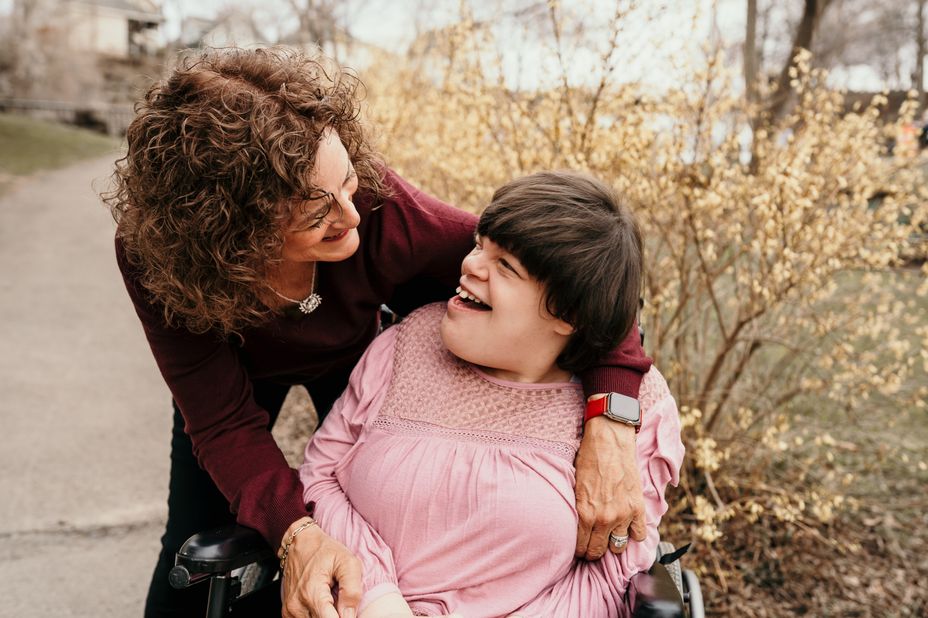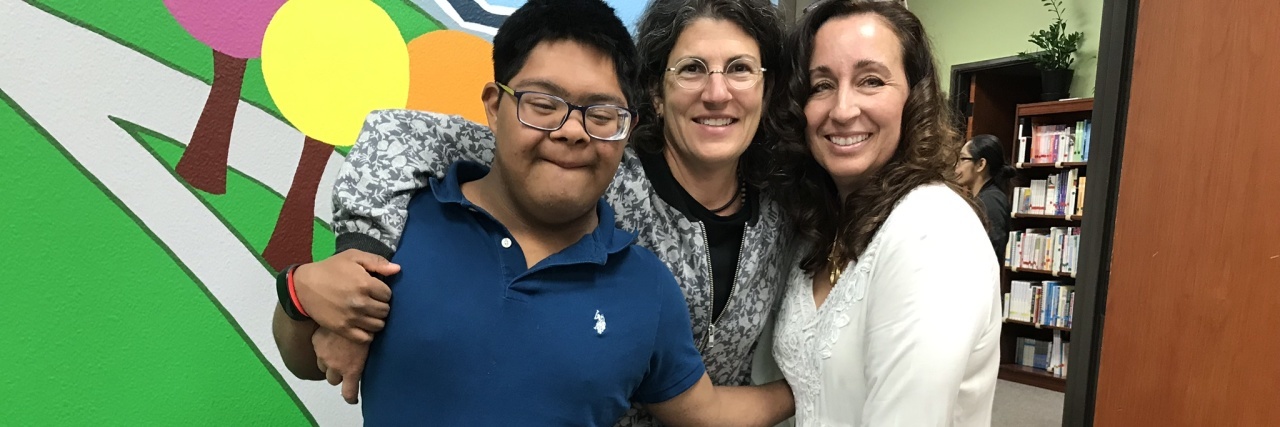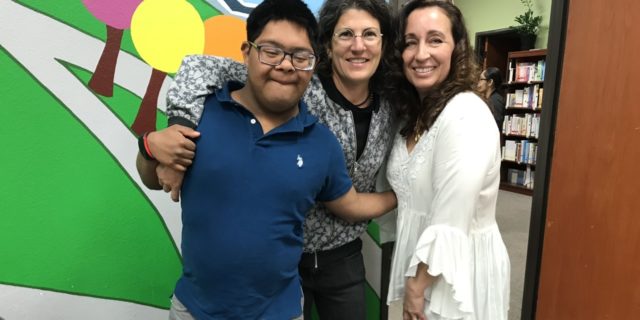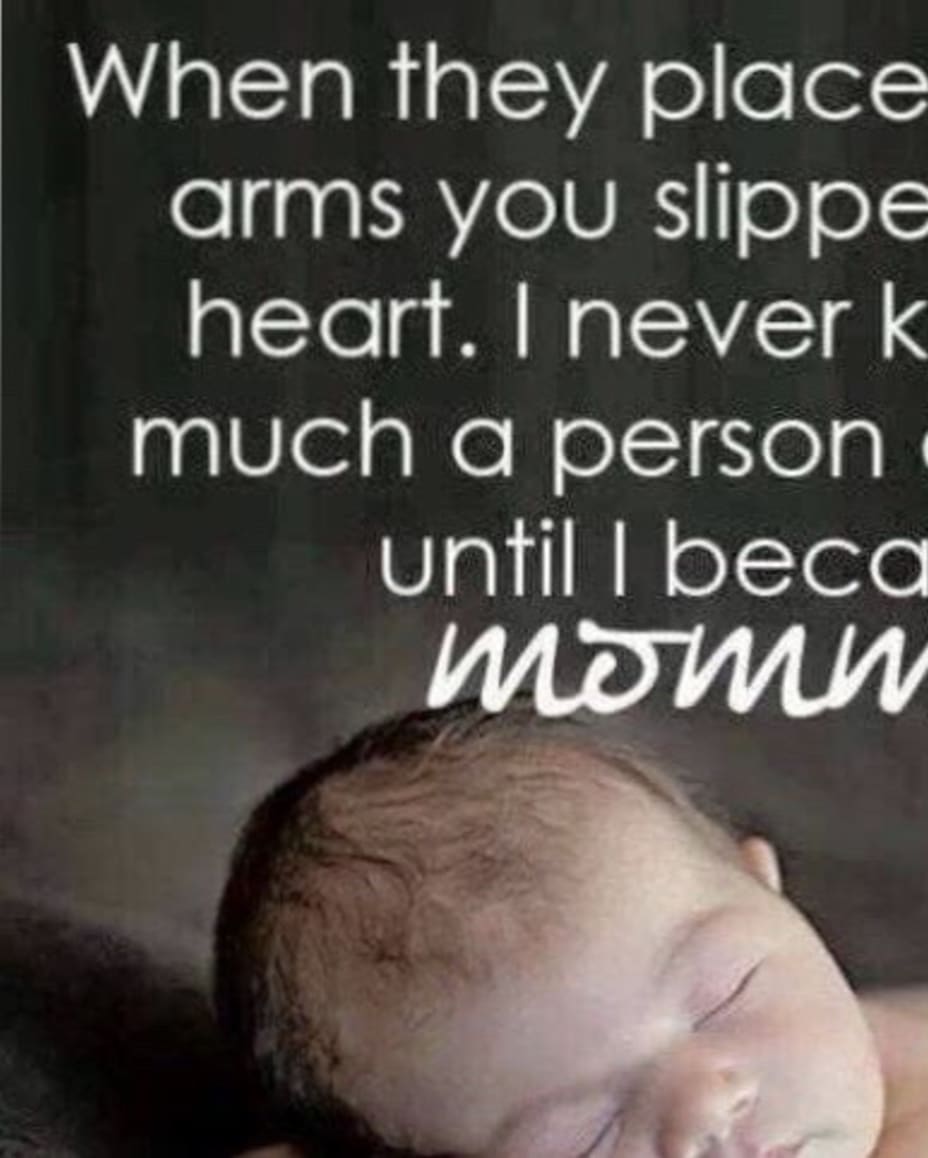recap of my struggles in general
long story short (very long i suppose), i do not have professional diagnosis , what i have is : i feel always sad , depressed , i feel empty , i dont enjoy anything anymore , ive gone numb . SO i have been bullied all my life for how i look and how i act and im a boy just for context , in middle school i was lonely a lot and i would wtihdraw myself from social media and just be alone in my room all day long , in highschool , i thought i found good friends who understood me with whom i had a lot of fun and memorable moments , at the same time i was bullied a lot , in class group they would make fun of me like i have no feelings , even in real life , so anyways , after that , last year is the year each went in a different path in school per subject , most of my friends were in same class but i was alone , the summer before i started struggling with sensory overload i would hear kids playing with football and screaming outside until i crash out at them aggressively , it was miserbale , yet nothing compared to what happened the year after , when i first got in that highschool year , iwas always alone and i was suppposed to be a top student so i would go home and study because here in my country its reallly hard to just pass let alone have good grades but new things happene , new neighbors , dog barks , construction noise, babies jumping on the top of my room , my room is next to them , i would hear noise and noise until i crash out , and metldown , to the point onetime i screamed so hard my whole body started burning like its on fire , i didnt look much on it first but it just seemed to got worse , one time i went to bathroom and found my body actually red as if it is burning with small many small temporary weird looking pimlples , on the other hand ,iwas feeling lonely alot 9 hours a day at school and none of my "friends" came for me and i was really disappointed and hurt and just felt withdrawn cause i genuinely cared for them and was there during their hardest times ! i was feeling burnt day by day by the noise literally ,it was like hell , i couldnt even study , to the point id go home cover my ears for hours and do nothing until i sleep , also i didnt have earpods at the moment and were not that financially staable right now soi didnt pressure anyone into buying me , it got worse i had bad gradess , i felt as if the only thing that im good at im not even good at it anymore and i would even be colding tears at school if smn comes to talk to me idd even spill some sometimes and i was just never seenn , iwas aalwasy energetic before even when i wasnt ok , id smile laugh joke but this year i was getting more and more withdrawn and quiet to the point im numb like i dont feel, i would have a day at home where i ll either cry , scream , breakdown or sstay still numb devastated after a meltdown , also specifically , the noise was like smth stabbing my brain especially the repetitive noise , i became sensitive to birds and in certain times birds are everywhere anytime , i would just become crazy and scream like smth attacking my nervous sistem everytime a bird makes repetiitve singing noise and next year the big exam that my future only depends on THAT exam , the whole As my entire life dont count , its only that and its in june , in the birds peak time and im still numb , im lonely feeling betreayed by close "friends" and depressed and numb and not enjoying anything and screaming out of anger now anything can irritate me , i forgot when the last time i was truly happy , i just want a calm life not even a happy one, noises everyday , depression sadness , feeeling like smth is wrong with me at school because people avoid me CLEARLY , its all too much , i even thought of hurting myself , im just tired , also when i m in mental breakdwon , i just remmeber all bad things in my life , my loneliness , my insecurities , my failures ,and i just wonder , did i ever deserve this suffering each day more than one year straight? people who traumatized me earlier are living their life , im not assuming theyre fully happy but they doing well , while im finding it hard to just exist and i also just want to disappear




